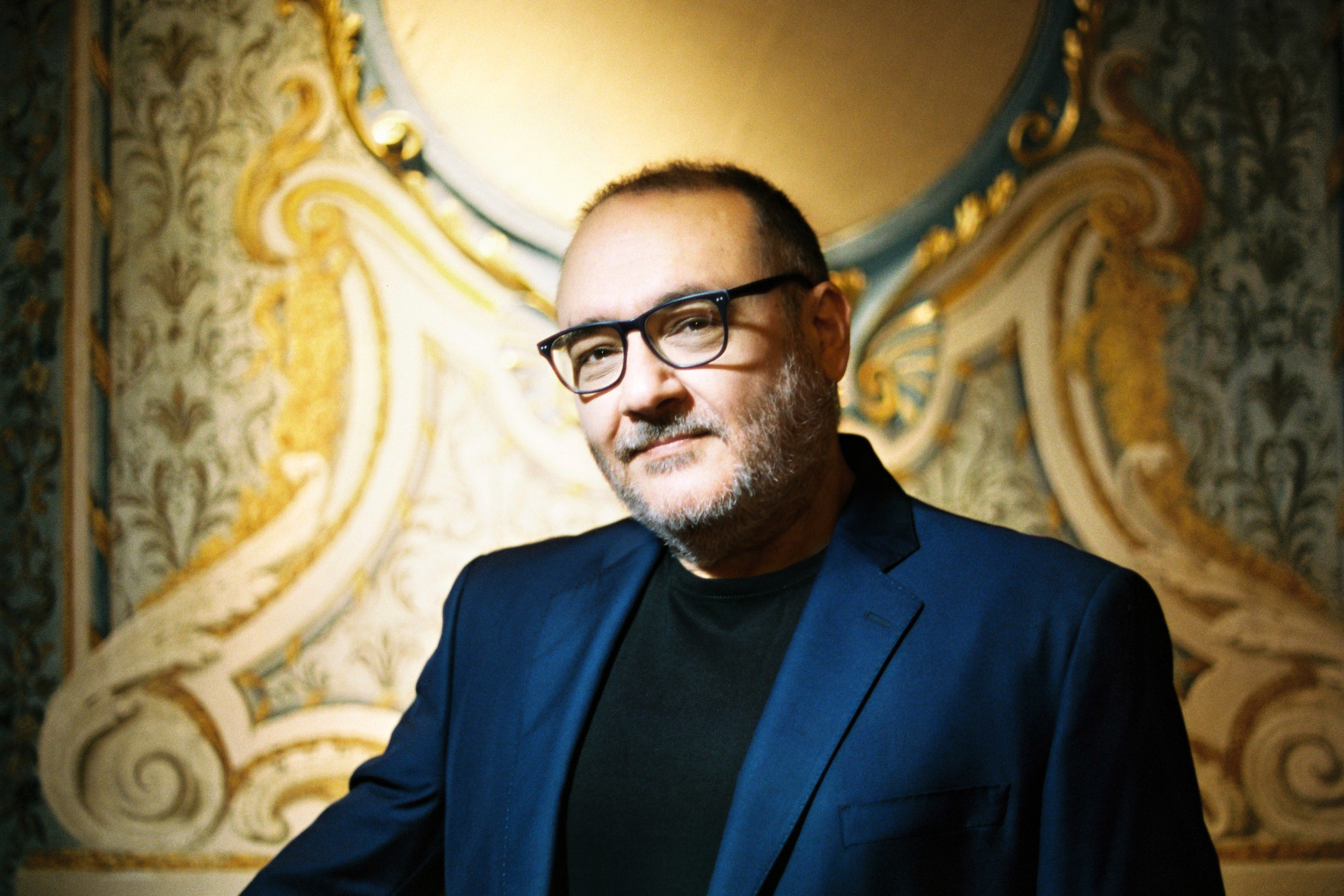
Review | Feast of string playing in Hong Kong Arts Festival concerts by Concerto Italiano, playing Vivaldi, and Festival Strings Lucerne in a mixed programme
- Period instrument group Concerto Italiano settled quickly into their performance of Vivaldi’s L’estro armonico, their solo and ensemble playing exceptional
- The Festival Strings Lucerne excelled in works by Dubugnon and Mozart, but struggled with Prokofiev, and soloist Akiko Suwanai played Vieuxtemps without nuance
Stravinsky once sneered that the ever-modish Vivaldi wrote the same concerto five hundred times. Clearly, the Russian modernist’s concept of originality was worlds away from that of the Italian baroque.
It was a particularly low blow given the degree of innovation in works such as L’estro armonico (which means harmonic inspiration), performed by Concerto Italiano as part of the Hong Kong Arts Festival on March 9.
Rinaldo Alessandrini’s formidable Rome-based period instrument ensemble presented the composer’s complete Opus 3 in the Hong Kong City Hall Concert Hall – a set of 12 concertos that saw Vivaldi combine the older baroque concerto grosso and the more modern concerto formats.
The music, shaped by the ensemble’s founder-conductor Alessandrini using neat hand gestures from his seat at the harpsichord, was propelled by a solid and sensitive basso continuo section (cellist Alessandro Palmeri, double bassist Luca Cola, and Ugo Di Giovanni on the theorbo).

Four violinists playing gut-strung instruments provided unanimous articulation and a wealth of tasteful embellishments.
Their playing took a movement or two to gel and settle into the hall’s acoustic, but the stream of latecomers who scrambled to their seats between the opening concertos was far less forgivable.
Highlights were plentiful, however, and the violin ornamentation was especially fine, executed with crisp spontaneity that evoked birds chirping away happily and relishing their trills, mordants, and flurries.
Violinist Boris Begelman for one, the soloist in the Concerto No 9 in D major, ended his strong showing in the work with a particularly impressive flurry in the Allegro finale.
‘I hated being called a prodigy’: Alma Deutscher, 18, composer and musician
Earlier, when seasoned Baroque violinist Stefano Barneschi was up as soloist in the spirited Concerto No 3 in G major, his natural ease of expression epitomised the “mannered” performance style in Baroque sensibility.
The combined sonorities they and fellow violinists Nicholas Robinson and Andrea Rognoni produced and the individual sounds they brought along to the party were both a delight.
For lovers of Vivaldi’s music, it was a party indeed.

Moving from gut to steel strings, Festival Strings Lucerne (a chamber orchestra which comes with woodwind and brass) presented a diverse selection of orchestral works in their appearance at the Hong Kong Arts Festival on March 15, in which they were directed from the concertmaster’s chair by Australian-Chinese violinist Daniel Dodds.
The billing of works by Prokofiev, Vieuxtemps, Dubugnon and Mozart was as mixed as the successes.
Given the finicky, high (and highly exposed!) passages for the first violins in Prokofiev’s Symphony No 1 in D Major, this effervescent nod to Haydn can be a tough opener.
Unfortunately, both the Allegro and the Intermezzo: Larghetto suffered from flawed intonation up in the stratospheres.
Fine woodwind contributions charmed along the way, but Dodds made Prokofiev’s Gavotte movement too quirky and stilted, thus making it sound confused. Fortunately, the Finale worked well and the playing finally bubbled with more cohesiveness.

Japanese violinist Akiko Suwanai’s reputation for ferocious playing was borne out in Vieuxtemps’ Violin Concerto No 5 in A minor.
Settling after a shout of “Akiko!” from a fan in the auditorium, Suwanai put solid virtuosity front and centre in her performance.
She proved her chops multiple times in the Belgian’s demanding concerto (fearlessly so in her super-controlled use of up-bow spiccato), but her beefy tone became omnipresent; muscularity trumped tenderness and things turned dull.
Instead of weaving around the orchestral interplay, Suwanai seemed determined not to give any place to delicate, vulnerable sounds, even in the concerto’s Adagio movement.
Prisoners in Italy make instruments from smugglers’ boats for orchestra
The soloist’s technical ability was further borne out in her execution of the solo cadenzas that connect the three movements, but as the Allegro con fuoco finale took shape, the fieriness of some of her double stopping became harsh.
The hits came after the interval.
Beethoven’s famous question-and-answer riddle from the score of his Opus 135 string quartet, “Must it be? It must be!”, was the inspiration for contemporary Belgian composer Richard Dubugnon’s brilliant Caprice for Orchestra No. 4 “Es muss sein!”.
From start to finish, the ensemble was convincing and rhythmically alert. Dodds not only ensured unanimity in the strings, but also maintained the orchestra’s momentum throughout Dubugnon’s thematic interplay.
The poignant and pensive clarinet and double bass solo passages which emerged from an eerie orchestral stillness served as beautiful contrasts to the neat, bustling rhythmic work of the by now in-form Lucerne Festival Strings.
Heavy metal meets orchestral sound in Bright & Black, with mixed results
In similar vein, their “Jupiter” that followed – Mozart’s final Symphony No. 41 in C major – exceeded expectations and was clearly relished by all.
Inspired by ideas born of period-ensemble playing, Dodds and the orchestra conjured lightness and transparency in the sound when needed by employing tamed vibrato (or none), and contrasted that with stirring and explosive accents in the development sections of both Allegro movements.
Along with a heavenly, muted Andante cantabile and poised, regal-sounding Menuetto, it was a Jupiter to remember.
Bravi tutti!
“Concerto Italiano – Vivaldi’s L’estro armonico”, 52nd Hong Kong Arts Festival. Reviewed: March 9, Hong Kong City Hall Concert Hall.
“Akiko Suwanai – Festival Strings Lucerne and Daniel Dodds”, 52nd Hong Kong Arts Festival. Reviewed: March 15, Hong Kong City Hall Concert Hall.

